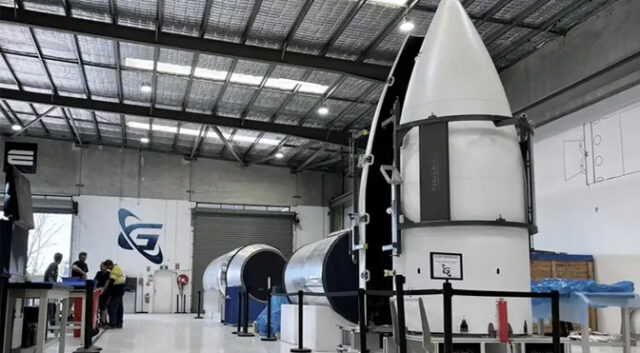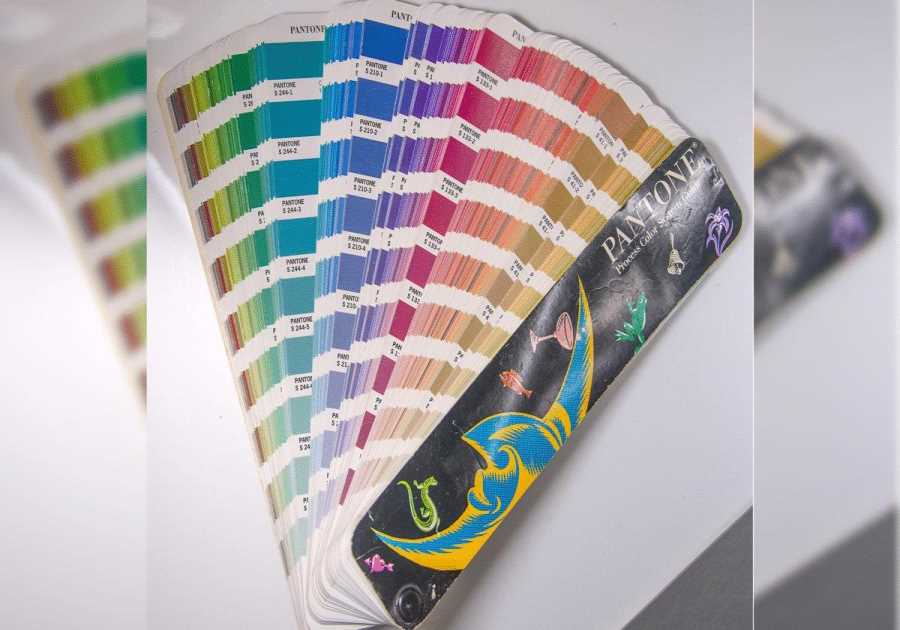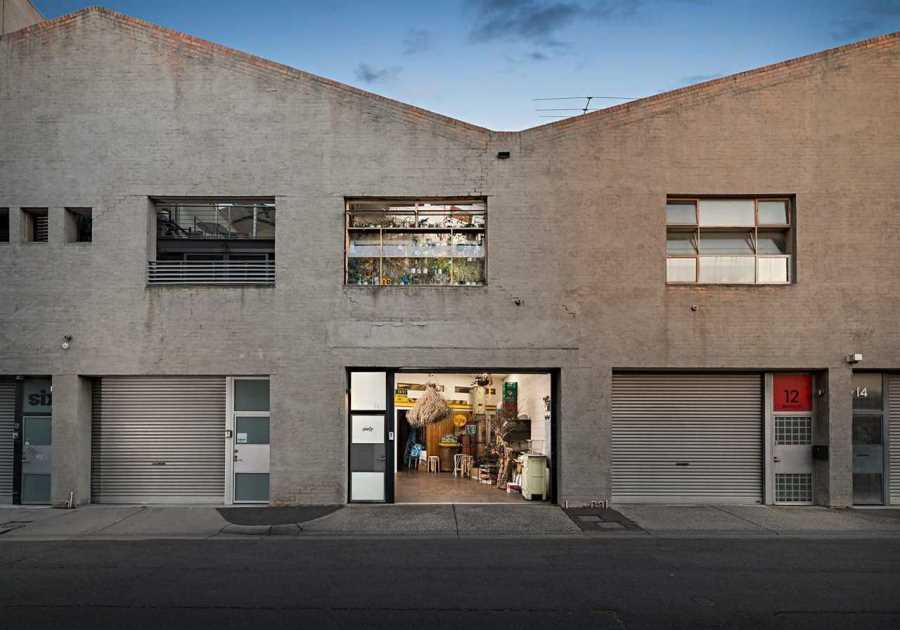Australia is a bit of an outlier among developed nations in that it has never launched a rocket of its own into space. That could change in April 2023 when Gilmour Space sends its Eris rocket to the launchpad. The company, which is headquartered in Helensvale, Queensland, has successfully tested its hybrid rocket engine, and construction of the first two Eris vehicles is now wrapping up.
The three-stage Eris rocket is considered a “small-lift” design. It will stand 23 meters tall with a dry mass of 30 metric tons when complete. It is designed to take a payload of up to 305 kilograms (672 pounds) to low-Earth orbit. Compare that with the SpaceX Falcon 9, a 70-meter heavy-lift rocket that can carry more than 22,000 kilograms (50,000 pounds) to low-Earth orbit, provided SpaceX doesn’t want to land the first stage afterward. That’s not an option for Eris, which is a cheap, expendable design.

An Eris rocket in the final stages of assembly.
Still, you’ve got to start somewhere, and Gilmour Space plans to use Eris to deploy a small satellite in orbit when it takes off next April. The company has already completed initial testing of its Sirius hybrid rocket engine, which uses a combination of solid fuel and a liquid oxidizer. Gilmour Space claims this approach is more cost-effective and environmentally friendly. In testing, the Sirius engine can produce 115 kilonewtons of thrust.
Gilmour Space has opted to build two Eris rockets side-by-side in advance of its first test flight. “No first launch vehicle from a new company has ever successfully gone to space on the first try,” founder Adam Gilmour tells New Scientist. He says it’s common for the first rocket to fail at some point between lift-off and orbit, but the second one usually makes it into space. Thus, the company is prepared for the first launch to go sideways, but the team will learn what it can from the failure to make the second rocket a success.
If Gilmour Space succeeds, Australia will join the ranks of other nations that have sent a homegrown rocket into space. Australia would be the 12th, including the US, UK, Russia, China, Japan, South Korea, North Korea, France, Israel, India, and Iran. But this is just a first step. After perfecting Eris, Gilmour Space plans to develop a larger rocket that can carry as much as 1,000 kilograms into low-Earth orbit. That’s still a light-duty rocket, but it would be powerful enough to launch payloads for Australian companies and the government.
Now read:
- New Video Offers a Better View of Rocket Lab’s Helicopter-Catching Rocket
- SpaceX Nails 100th Falcon 9 Landing
- Amazon to Launch First Kuiper Internet Satellites Next Year on Pint-Sized RS1 Rocket
Read More
By: Ryan Whitwam
Title: Australia’s First Homegrown Rocket Could Head to Space in April 2023
Sourced From: www.extremetech.com/extreme/341067-australias-first-homegrown-rocket-could-head-to-space-in-april-2023
Published Date: Tue, 22 Nov 2022 16:14:45 +0000
Did you miss our previous article...
https://trendinginbusiness.business/technology/your-tax-software-may-have-shared-your-financial-data-with-facebook
.png)





